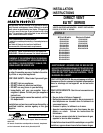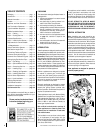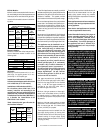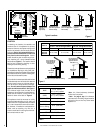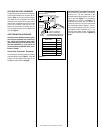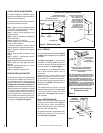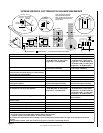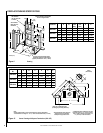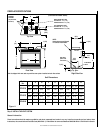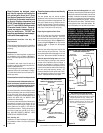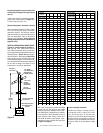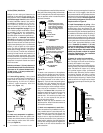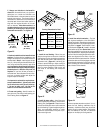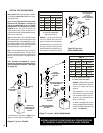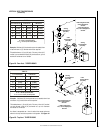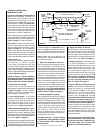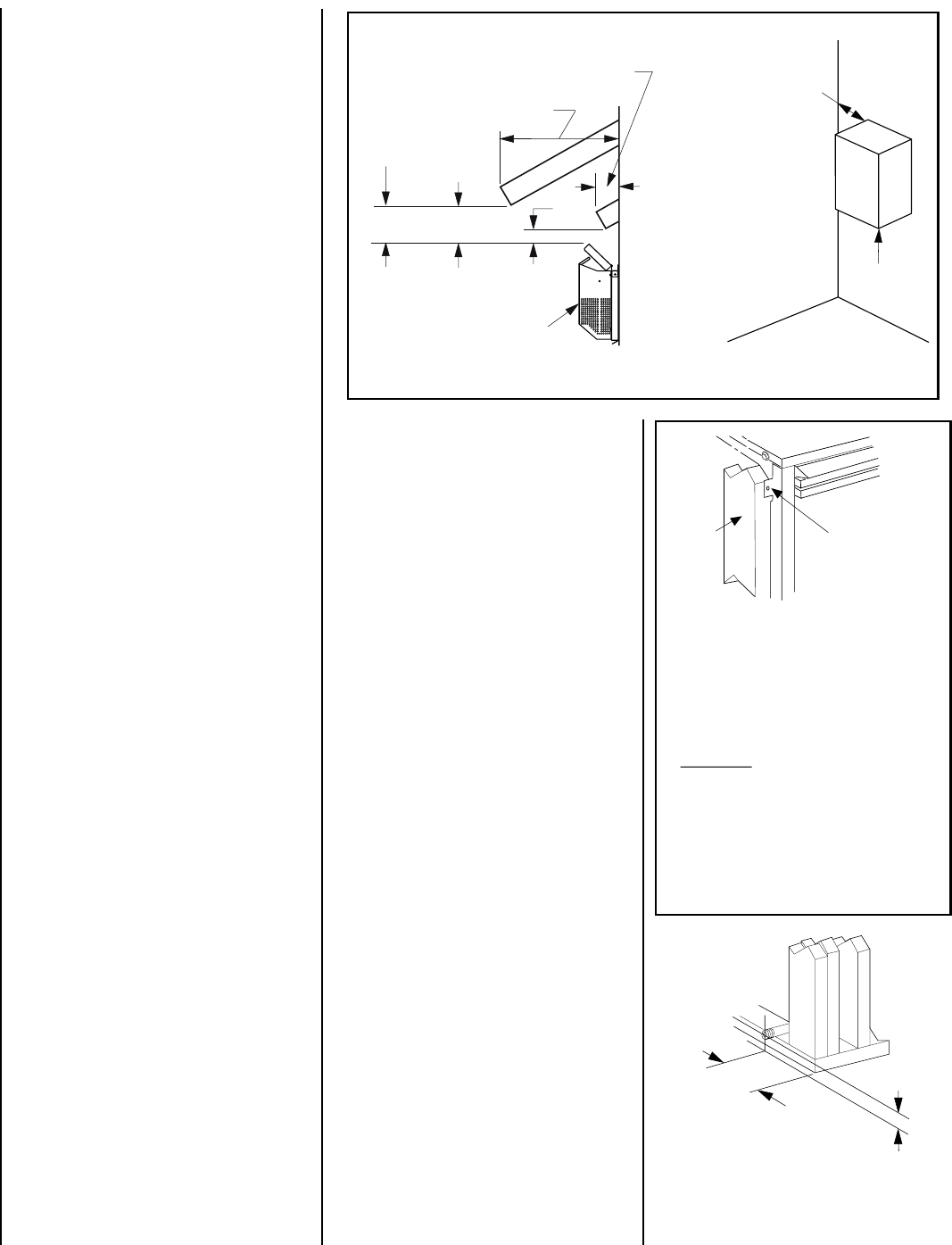
6
NOTE: DIAGRAMS & ILLUSTRATIONS NOT TO SCALE.
Unit Being Secured by Its Nailing
Flanges to the Framing
Figure 6
Right Side
Front Corner of
Fireplace Framing
6 ¹⁄₂"
(152 mm)
3"
(76 mm)
Note: The nailing flanges, combustible members
and screw heads located in areas directly adjacent
to the nailing flanges, are EXEMPT from the 1/2”
clearance to combustible requirements for the
firebox outer wrapper. Combustible framing may be
in
direct contact with the nailing flanges and may
be located closer than 1/2” from screw heads and
the firebox wrapper in areas adjacent to the nailing
flanges. Frame the opening to the exact dimensions
specified in the framing details of this manual.
Side
Framing
Unit Nailing Flange
(No clearance to
combustible
framing is required)
Left Side Front Corner of Fireplace Shown
(Right Side Requirements the Same)
Unit Being Secured By Its Nailing Flanges
To The Framing
Figure 7
Figure 5 -
Side Elevation View
3"
(76 mm)
12"
(305 mm)
Termination Kit
Combustible Projection
greater than inches in length
Combustible Projection
2-1/2 inches or less in length
18"
(457 mm)
Ventilated
Soffit
Unventilated
Soffit
Horizontal Vent Termination Clearances
2-1/2
Termination Kit
All horizontal terminations
may be located as close
as 6” (152mm) to any
(non-combustible and
combustible) exterior
sidewall. This distance
may be decreased to
2” (51mm) for non-
combustible exterior
sidewalls only, if the
SV4.5HT-2 termination
is used.
Step 2. ROUTING GAS LINE
Route a 1/2" (13 mm) gas line along the inside
of the right side framing as shown in
Figure 7
.
Gas lines must be routed, constructed and
made of materials that are in strict accordance
with local codes and regulations.
All appliances are factory-equipped with a flex-
ible gas line connector and 1/2 inch shutoff
valve. (See step 6 on page 23).
Step 1. FRAMING
Frame these appliances as illustrated in
Figure 9
on page 8,
unless the appliance is to be installed
in a corner
.
See
Figure 10 on page 8
for corner framing
installations. All framing details must allow for
a minimum clearance to combustible framing
members as shown in
Table 2 on page 4
.
If the appliance is to be elevated above floor
level, a solid continuous platform must be
constructed.
Headers may be in direct contact with the
appliance top spacers but must not be sup-
ported by them or notched to fit around them.
All construction above the appliance must be
self supporting, DO NOT use the appliance for
structural support.
The fireplace should be secured to the side
framing members using the unit's nailing flanges
- one top and bottom on each side of the
fireplace front. See
Figure 6.
Use 8d nails or
their equivalent.
TYPICAL INSTALLATION SEQUENCE
The typical sequence of installation follows,
however, each installation is unique resulting in
variations to those described.
See the page numbers references in the follow-
ing steps for detailed procedures.
Step 1. (page 6) Construct the appliance fram-
ing. Position the appliance within the framing
and secure with nailing brackets.
Step 2. (page 6) Route gas supply line to
appliance location.
Step 3. (page 10) Install the vent system and
exterior termination.
Step 4. (page 22) Field Wiring
a. Millivolt Appliances – The operating control
switch is factory installed.
b. Electronic Appliances – Connect 120 Vac
electrical power to the appliance receptacle.
Step 5. (page 23) Install blower kit (optional
equipment).
Step 6. (page 23) Make connection to gas
supply.
Step 7. (page 24) Install the logs, vermicu-
lite and glowing embers.
Step 8. (page 24) Checkout appliance operation.
Step 9. (page 24) Install glass door frame
assembly.
Step 10. (page 25) Adjust burner to ensure
proper flame appearance.
Step 11. (page 25) Install the hood.
DETAILED INSTALLATION STEPS
The appliance is shipped with all gas controls
and components installed and pre-wired. Re-
move the shipping carton, exposing the front
glass door. Remove the top panel. Remove the
cardboard from underneath the pressure re-
lief plates. Press in simultaneously the left and
right side of the bottom hinged panel, to release
it. Lower the bottom hinged panel. Open the
two latches (located under the firebox floor)
securing the glass door. Remove the door by
tilting it outward at the bottom and lifting it up.
Set the door aside protecting it from inadvert-
ent damage.
See Figure 52 on page 25.



